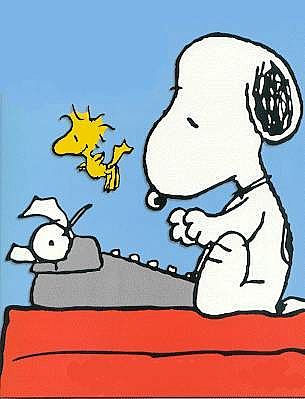Archive For June 25, 2014

Lafayette dominated the early Rivalry, but in the late 1880s the tides turned dramatically, thanks to a play devised by the founder of Lehigh’s football program.
And, perhaps unsurprisingly, the origins of the play have also been disputed with a distinct Lehigh/Lafayette flavor.
The “V Trick”, or “Lehigh V”, as it’s known in South Bethlehem, was a revolutionary play in college football at the time.
It involved, on a kick resulting in a change of possession, to have the eleven men form a “V” with interlocked arms to direct the mass of the entire team against a hapless weak link on the opposition’s line, with the halfback running behind the rush line.
This was especially effective after a kick, since the ten men would be able to run forward and get a head of steam going, applying their mass momentum to make larger gains. To some, it was the basis of all the mass momentum plays that followed, such as the infamous “Flying Wedge” implemented by Harvard.
Though it would ultimately be banned, plays like the “V Trick” were an important historic milestone in the evolution of college football.
And the origins of the play come down to who you believe: Richard Harding Davis, the former Lehigh football player, or Parke H. Davis, the former Princeton and Lafayette football coach.
Read more »
Read more »

The same year Lehigh and Lafayette started their football Rivalry, the cornerstone for the Statue of Liberty was laid down on Beldoe’s Island on August 5th, 1884.
In attendance at that event was the president at that time, Republican Chester A. Arthur, and Democrat Grover Cleveland, who would win the presidential election later in the year.
In 1884, Mark Twain lived in a house just outside Hartford, Connecticut, a Victorian Gothic mansion where he and his family settled after he had penned The Innocents Abroad. That year, in the upstairs billiards room, he wrote Huckleberry Finn.
More local to the Rivalry, in that same year the city of Easton would get electric power for the first time in its history. “Electric lights now burn brightly in Easton’s streets,” the Lafayette student newspaper noted, “and in many of her business houses and places of amusement.” (South Bethlehem wouldn’t get electric streetlights until 1887.)
It also would be year of the first-ever meetings between Lehigh and Lafayette on the gridiron, only a couple of years after the early collegiate athletic powers of Harvard, Yale, Princeton, and others had established standardized rules for “rugby football”, as it was still called at the time.
Read more »
Read more »

Now I know, dear Reader, you’re not sitting there on your smartphone or computer waiting with baited breath as to why – dear God, why – have I not been cranking out blog postings on a regular basis over the last month.
But I’m going to tell you anyway.
Over the last few years I have been working on a book.
And the story of that book continues below the flip.
Read more »
Read more »



